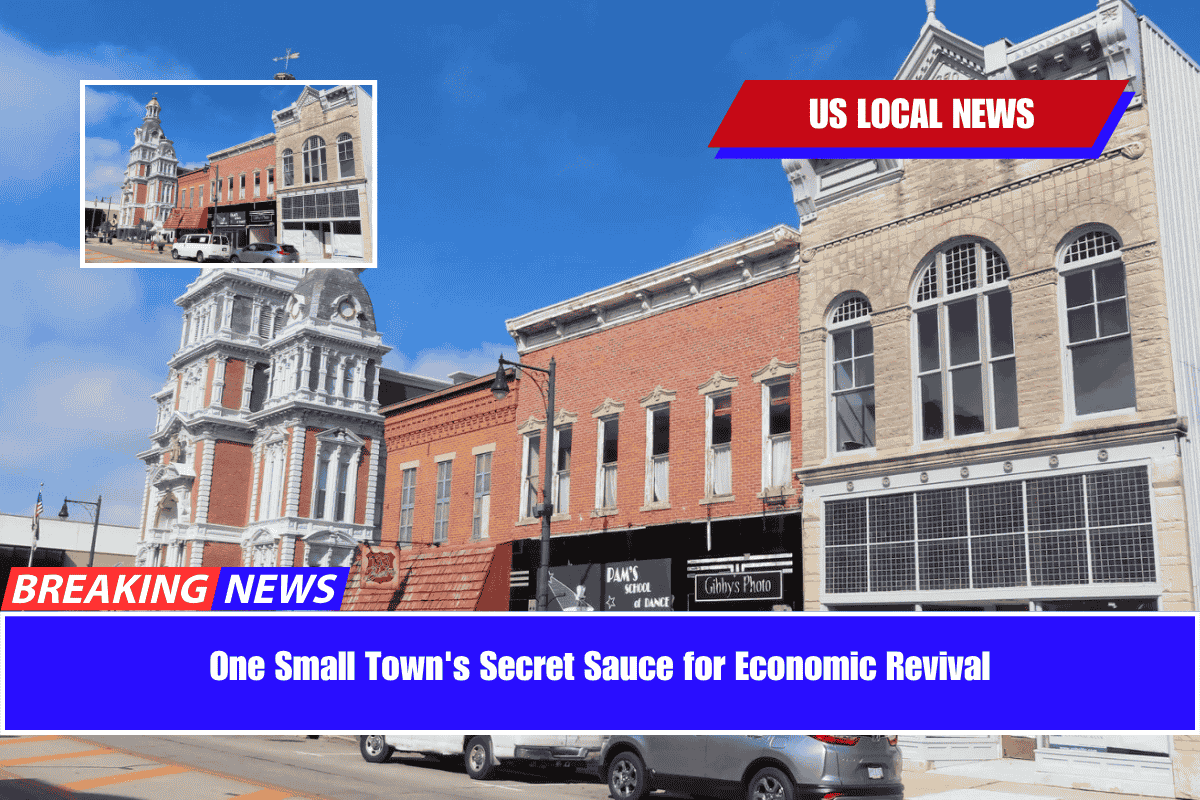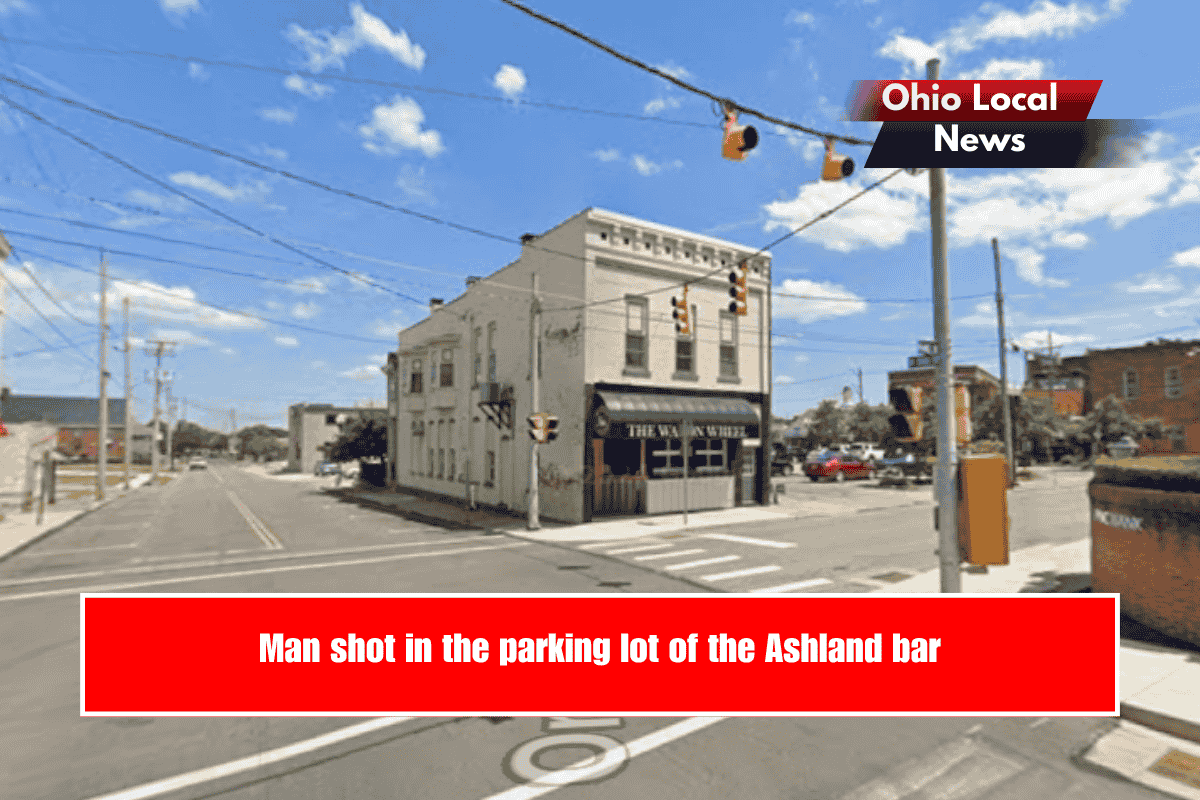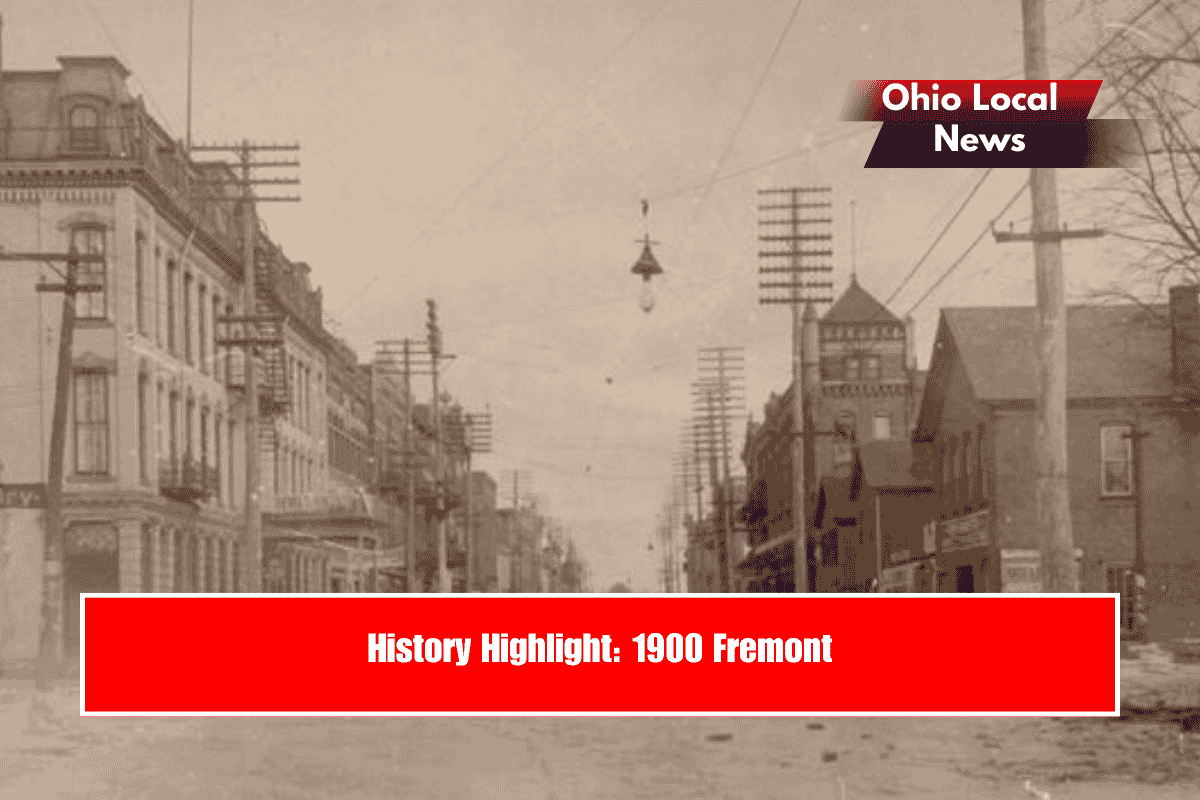It is common for a city, a corporation, or a wealthy individual to take the initiative in community or neighborhood revitalization. However, Van Wert, Ohio, a town of 11,000 in northwest Ohio, is demonstrating a different model. There, the community foundation is leading a large-scale revitalization of the historic downtown.
The Van Wert County Foundation has approximately $100 million in assets and will celebrate its 100th anniversary this year. Like many community foundations, it has traditionally invested its funds on Wall Street and used the profits to make grants ranging from $4 million to $5 million per year.
However, the foundation and its CEO, Seth Baker, recognized the need to do something to make the town more appealing to potential employees. Van Wert, like many other small Midwest communities, was experiencing significant decay and business vacancy in its core.
So the foundation’s leaders decided to try to improve things by renovating a few aging buildings in the core and collaborating with the local land bank. They met Eric Doden, president of Pago USA, a development firm in Fort Wayne, Indiana, through a mutual connection. Pago USA wanted to work with small towns to revitalize historic town centers. Doden was already familiar with Van Wert because, as he describes it, “My mother was born there and my grandparents are buried there.” He encouraged the community to think bigger.
Baker and the foundation rose to the challenge. Instead of investing everything on Wall Street, they decided to invest some of their assets in their hometown’s Main Street through a program called Van Wert Forward. They spent an initial $3.5 million on property acquisition, which increased to $5 million over time. They were able to purchase 63 buildings, accounting for roughly half of all commercial and mixed-use property in downtown.
Many of the buildings were in poor condition, with some on the verge of collapse. In fact, shortly after the land bank purchased the 1905 Home Guards Temple, downtown’s largest structure, it collapsed. The majority of the buildings had unoccupied upper floors, and some had vacant storefront space as well. Some were occupied by businesses whose owners also owned the building, but there was no succession plan in place for the owner’s pending retirement.
Baker and the foundation raised a complex mix of funds, including federal and state historic tax credits, Ohio’s transformational mixed-use tax credit, and private donations. The community foundation contributed some equity, and Central Insurance, a major local employer, made a significant equity investment.
The first tranche of eleven parcels was a $26 million project that used a variety of funding sources and had no debt. The buildings were completely renovated, with 36 apartments on the upper levels and commercial space on the ground floor. The apartments were quickly leased. A bridal shop and an event venue are among the businesses that have leased ground floor spaces. An Asian fusion sushi restaurant is set to open this summer. However, Baker admits that commercial leasing has been slower than residential.
The Van Wert Forward project is primarily motivated by the community foundation’s desire “to create a well-resourced and thriving quality of life for our community.” However, they are also concerned with financial returns, as Van Wert Forward is an investment project. Baker says, “We are vision-driven, so that’s number one.” Are we making progress toward our goals? That is exactly what we’re doing. That’s by far our best return. No. 2: We are a philanthropic organization. We need a return on those assets, but we can be patient about it. But we are very aware that if we take investment assets from a high-return investment and put them here, there is an equilibrium that we must maintain.” He claims the foundation maintains a “eagle eye” on that balance.
Baker and the community foundation understood that unless something changed, the town would continue to decline. Perhaps its most valuable asset, a collection of historic downtown buildings that could never be replicated today, could be largely lost to decay, as the Home Guard Temple building had been.
In this environment, in a town that desperately needed investment, did it make sense to continue taking $100 million from the community and investing it all on Wall Street? Van Wert clearly believed the answer was no, so the community decided to act. Baker says, “We were primed to own our destiny and stand up and say, ‘No one’s waiting in the wings to save us.'” “If we don’t do this now, our community will not exist.”
Many small towns are in similar situations to Van Wert. Many of them also have community foundations with larger budgets than you might think. As a result, the Van Wert Forward model could be applied in a much broader range of situations than models based on wealthy patrons. As the collapse of the Home Guard Temple building demonstrates, these communities are running out of time to preserve their valuable heritage.
According to Eric Doden of Pago USA, “Community leaders should be more afraid of allowing distress to worsen than of failing to implement a bold plan to address it. That tension provides an opportunity for growth.” Baker hopes that other towns will follow Van Wert’s example, saying, “I’d love to see more people do it and rebuild some of these towns — before it’s too late.”









